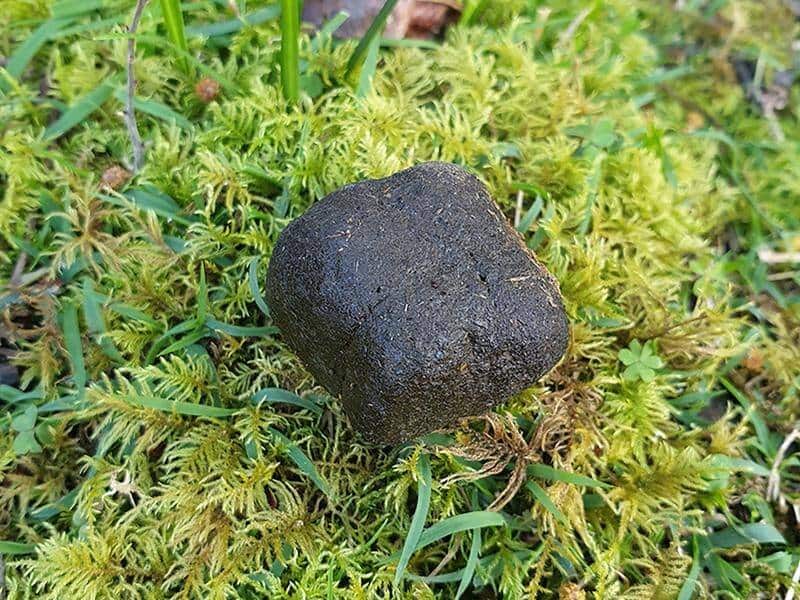In the fascinating world of animal behaviors, few phenomena have captured scientific curiosity quite like the cubic droppings of wombats. These barrel-shaped marsupials, native to Australia, are the only known creatures on Earth that produce square-shaped feces. Far from being a mere biological oddity, this peculiar trait serves several important ecological and evolutionary functions that have helped wombats thrive in their habitat for millions of years. The mystery of the cubic poop has puzzled scientists for generations, but recent research has finally begun to unravel the biomechanical and evolutionary secrets behind this unique adaptation. Let’s dive into the square world of wombat scats and discover what this geometrical marvel tells us about these remarkable creatures and their environment.
The Distinctive Shape That Puzzled Scientists

Unlike the typical cylindrical or pellet-shaped droppings of most mammals, wombat scat forms perfect cubes with sharp edges and flat sides. Each piece measures approximately 2 centimeters on each side and typically comes in batches of 4-8 cubes per defecation event. This geometric precision doesn’t happen by accident—it’s the result of specific adaptations in the wombat’s digestive system. For decades, scientists were perplexed by how a soft-bodied mammal could produce such angular waste. The phenomenon became something of a scientific curiosity, with biologists debating whether the cubic shape was formed at the final stage of the digestive process or somehow shaped earlier. The mystery was compelling enough that in 2019, a team of researchers was awarded an Ig Nobel Prize (a humorous award celebrating unusual scientific research) for their investigations into this peculiar biological process.
The Biomechanical Marvel of Cubic Formation
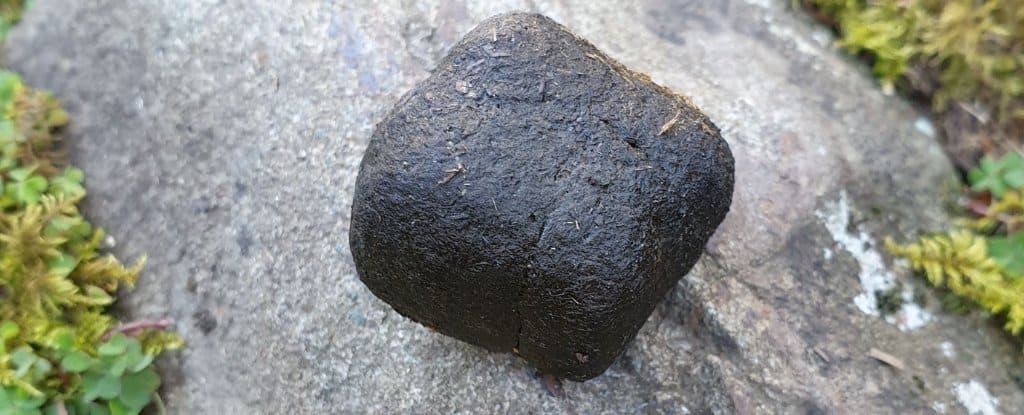
Groundbreaking research published in the journal Soft Matter in 2021 finally revealed the mechanism behind the cube-shaped scat. Contrary to early hypotheses that suggested the wombat’s anal sphincter might “stamp” the feces into cubes, scientists discovered that the secret lies in the variable elasticity of the wombat’s intestines. The last 8% of the wombat’s intestine has alternating regions of flexible and stiff tissue. As waste material moves through these final sections, the varying elasticity creates edges and flat sides. The intestinal walls stretch unevenly during the digestive process, essentially molding the initially soft fecal matter into cubic shapes before they’re expelled. This process happens gradually over the extended digestive period—wombats have one of the slowest digestive processes among mammals, taking up to 14-18 days to completely process their food, which allows ample time for this unique shaping to occur.
Evolutionary Advantages of Cubic Droppings
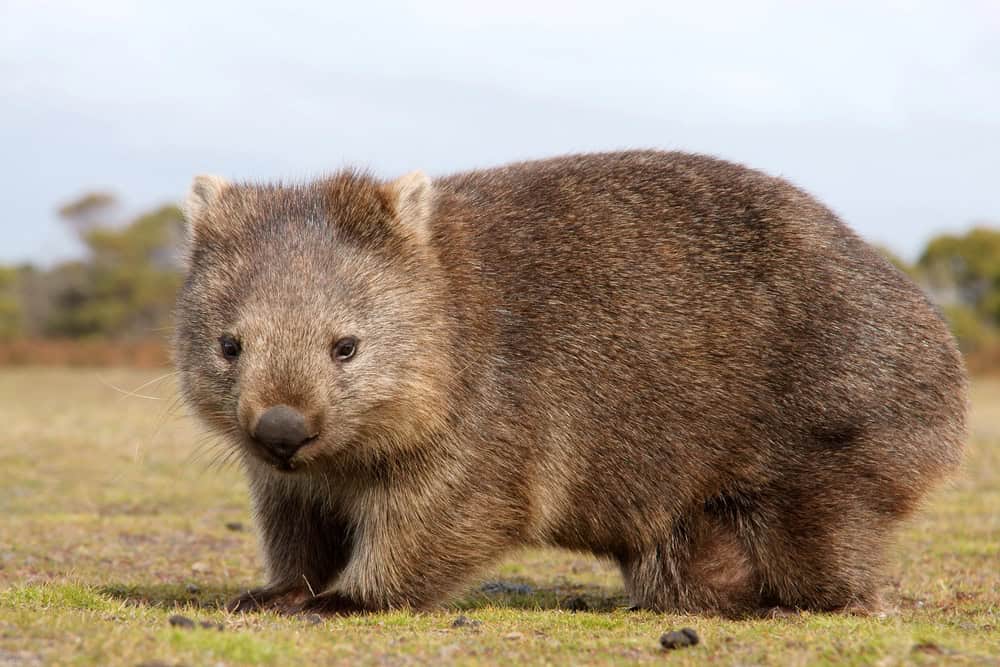
The square shape of wombat scat is far more than a biological curiosity—it represents an elegant evolutionary solution to several environmental challenges. Wombats use their feces as territorial markers, placing them on elevated surfaces like rocks, logs, and mounds to communicate with other wombats. The cubic shape prevents these important scent markers from rolling away, ensuring they remain exactly where placed. This is particularly important in the wombat’s often rocky and hilly habitat, where cylindrical droppings would quickly roll downhill and away from the intended marking location. In the harsh Australian environment where resources are limited and territory is precious, this adaptation gives wombats a communication advantage that has helped them survive for thousands of years despite changing environmental conditions and the introduction of predators.
Communication Through Geometric Precision

Wombats are largely solitary creatures with poor eyesight, making chemical communication through feces essential to their social structure. The square droppings serve as information-rich signposts that convey details about a wombat’s identity, reproductive status, territory boundaries, and even health condition. Each wombat can produce between 80-100 cubic droppings per night, strategically placing them around their territory. The height at which the cubes are placed can indicate the size of the wombat, with larger individuals capable of placing their droppings higher. The scent compounds in these carefully positioned cubes can persist for weeks, creating a long-lasting olfactory map that other wombats can read and respond to. This sophisticated communication system reduces direct confrontations between wombats, which can be aggressive during territorial disputes, thereby conserving energy and reducing injury risk.
Water Conservation and Drought Adaptation
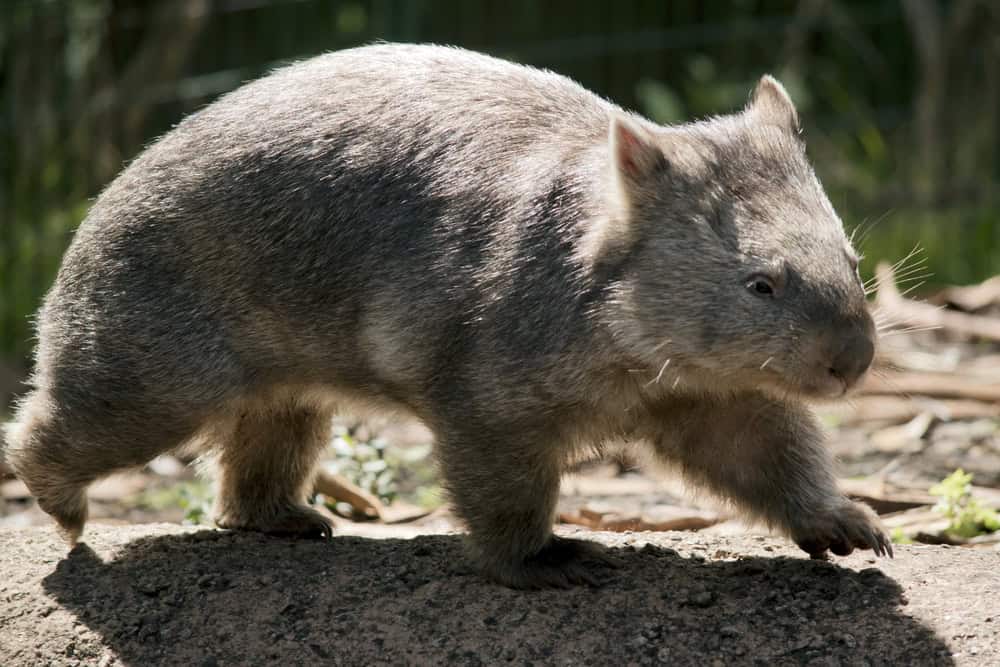
Another significant benefit of the cubic shape relates to water conservation, a critical adaptation in Australia’s often drought-prone environment. The shape of wombat scat maximizes the surface-area-to-volume ratio, allowing for more efficient water extraction during the digestive process. Wombats are incredibly efficient at extracting moisture from their food and can survive on minimal water intake. Their specialized digestive system can extract nearly all available moisture from food matter, resulting in exceptionally dry feces. The cubic shape emerges partly as a result of this extreme dehydration process. This adaptation helps wombats thrive in arid conditions where other mammals might struggle to maintain hydration. During severe droughts, wombats can survive for months without drinking free water, relying instead on the moisture content of the roots and plants they consume—a survival strategy enhanced by their efficient digestive system that produces the distinctive cubic waste.
The Three Species and Their Scat Differences
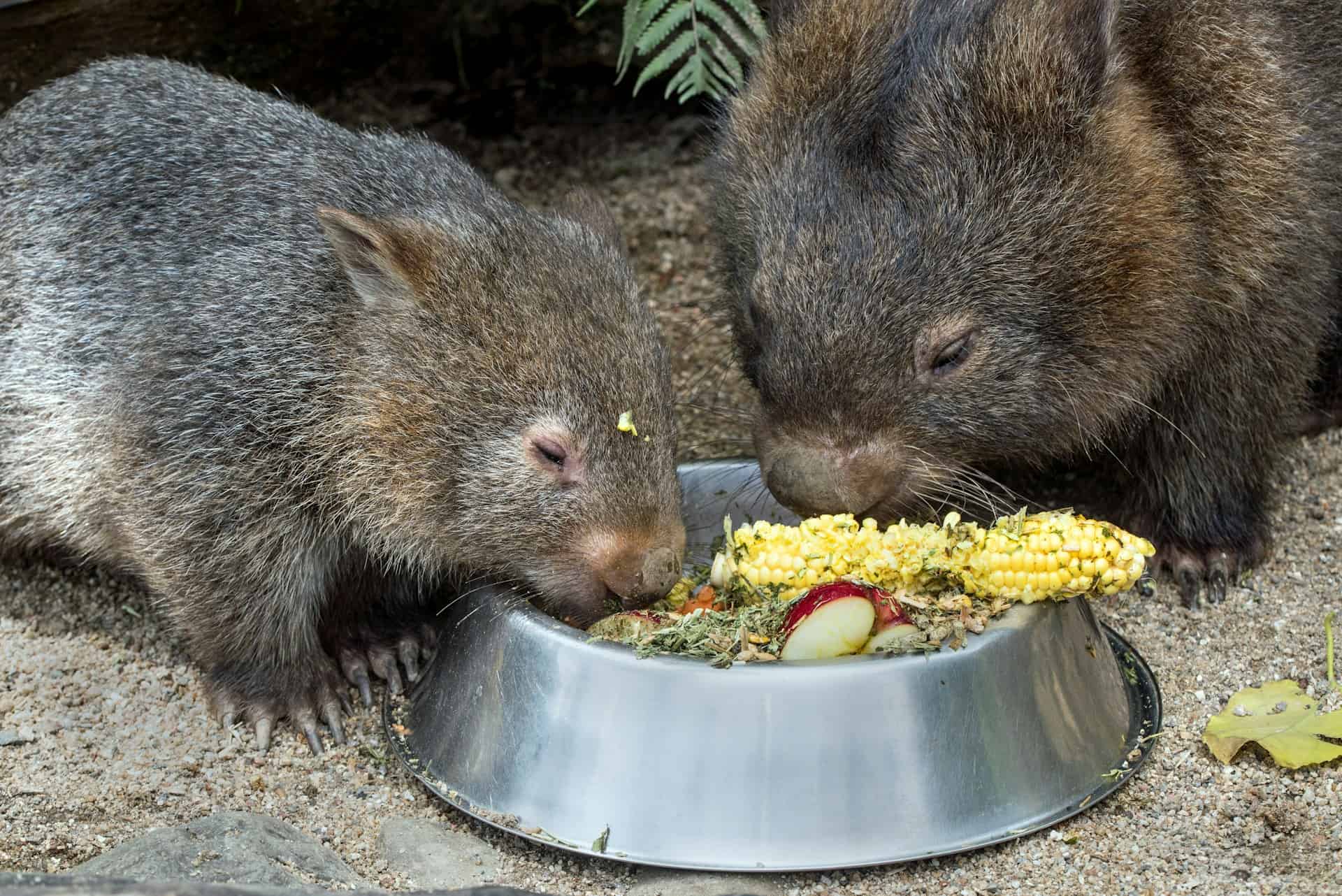
There are three extant species of wombats: the common wombat (Vombatus ursinus) and the two species of hairy-nosed wombats (the southern hairy-nosed wombat, Lasiorhinus latifrons, and the critically endangered northern hairy-nosed wombat, Lasiorhinus krefftii). While all three produce cubic droppings, there are subtle differences in the characteristics of their scat that researchers can use to identify species without direct observation. Common wombats tend to produce slightly larger, more perfectly cubic droppings with a coarser texture reflecting their more varied diet. Southern hairy-nosed wombats, which inhabit more arid regions, often produce cubes with more sharply defined edges and a finer texture due to their specialized grass diet. The northern hairy-nosed wombat, with fewer than 300 individuals remaining in the wild, produces similar droppings to its southern relative but with composition reflecting its specific habitat. These differences in scat characteristics help researchers monitor populations, especially for the critically endangered northern species, without needing to directly observe these elusive animals.
Habitat Influence on Cubic Production
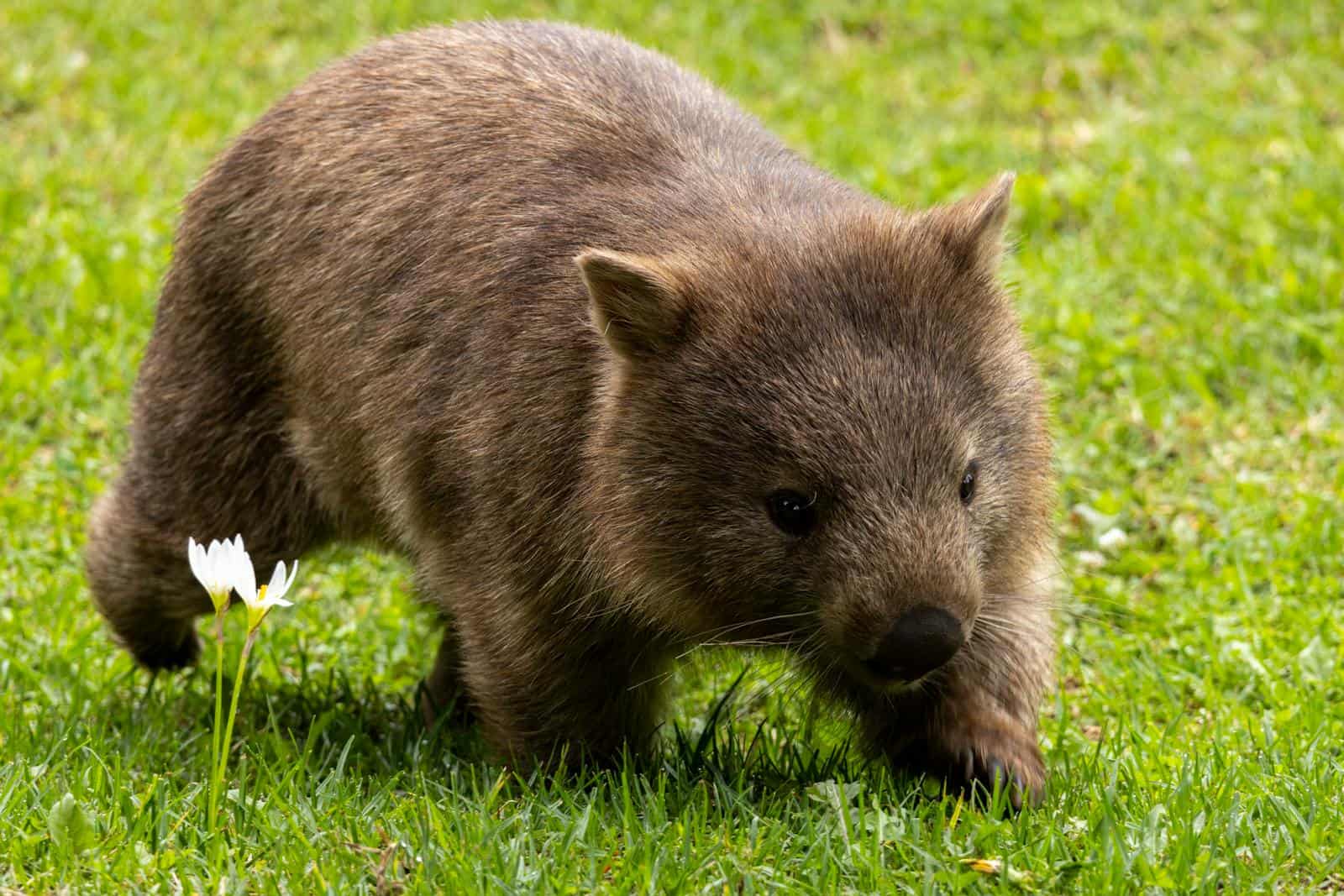
The environment in which wombats live plays a crucial role in shaping their cubic scat adaptation. Wombats are burrowing animals that create extensive underground tunnel systems that can extend for 30 meters or more, with multiple entrances and chambers. These burrows provide protection from Australia’s extreme temperatures and predators. The cubic droppings are particularly advantageous in this burrow-centered lifestyle, as they can be strategically stacked at tunnel entrances and on burrow mounds as territorial markers without rolling away. The consistency of wombat habitat—from the temperate forests of Tasmania to the arid grasslands of South Australia—has created similar selective pressures across different populations, resulting in the cube-shaped adaptation being preserved throughout the evolution of all wombat species. Researchers have observed that wombats living in more variable or steep terrain produce more perfectly cubic droppings than those in flatter areas, suggesting environmental factors continue to influence this adaptation.
Research Techniques and Scientific Discoveries
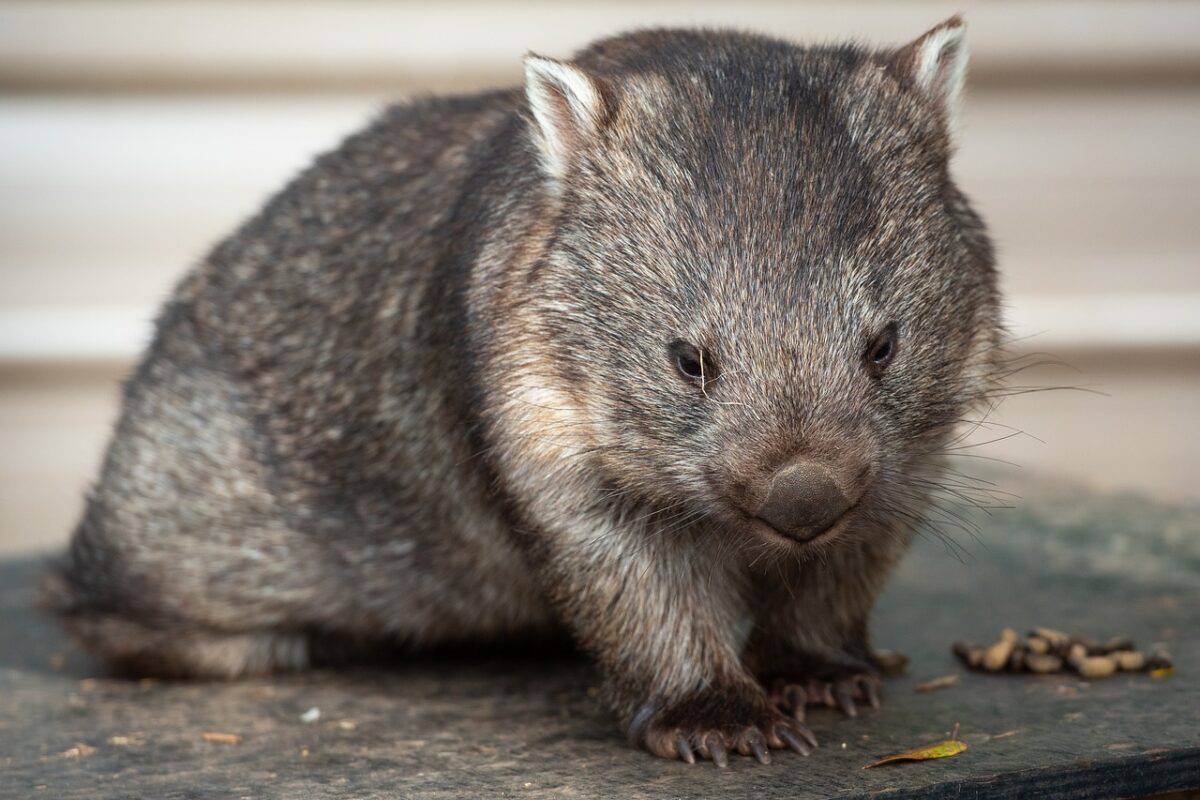
Studying the biomechanics of wombat digestion has required innovative research approaches. Scientists at the Georgia Institute of Technology and the University of Tasmania conducted groundbreaking work by examining the intestines of wombats that had died from natural causes or in road accidents. Using mathematical modeling and materials science principles, they determined that the varying elasticity in the intestinal walls was the key to cube formation. Researchers created silicone molds of wombat intestines and used them to recreate the process with soft materials, confirming their hypothesis about the biomechanical formation process. CT scans of wombat digestive tracts showed that the fecal matter gradually transforms from a liquid state to soft tubes and finally to cubic shapes as it moves through the final portions of the intestine. This research not only solved a long-standing biological mystery but also has potential applications in manufacturing, where creating cube shapes without molds or cutting has been a challenge.
Biomimicry Applications Inspired by Wombat Cubes
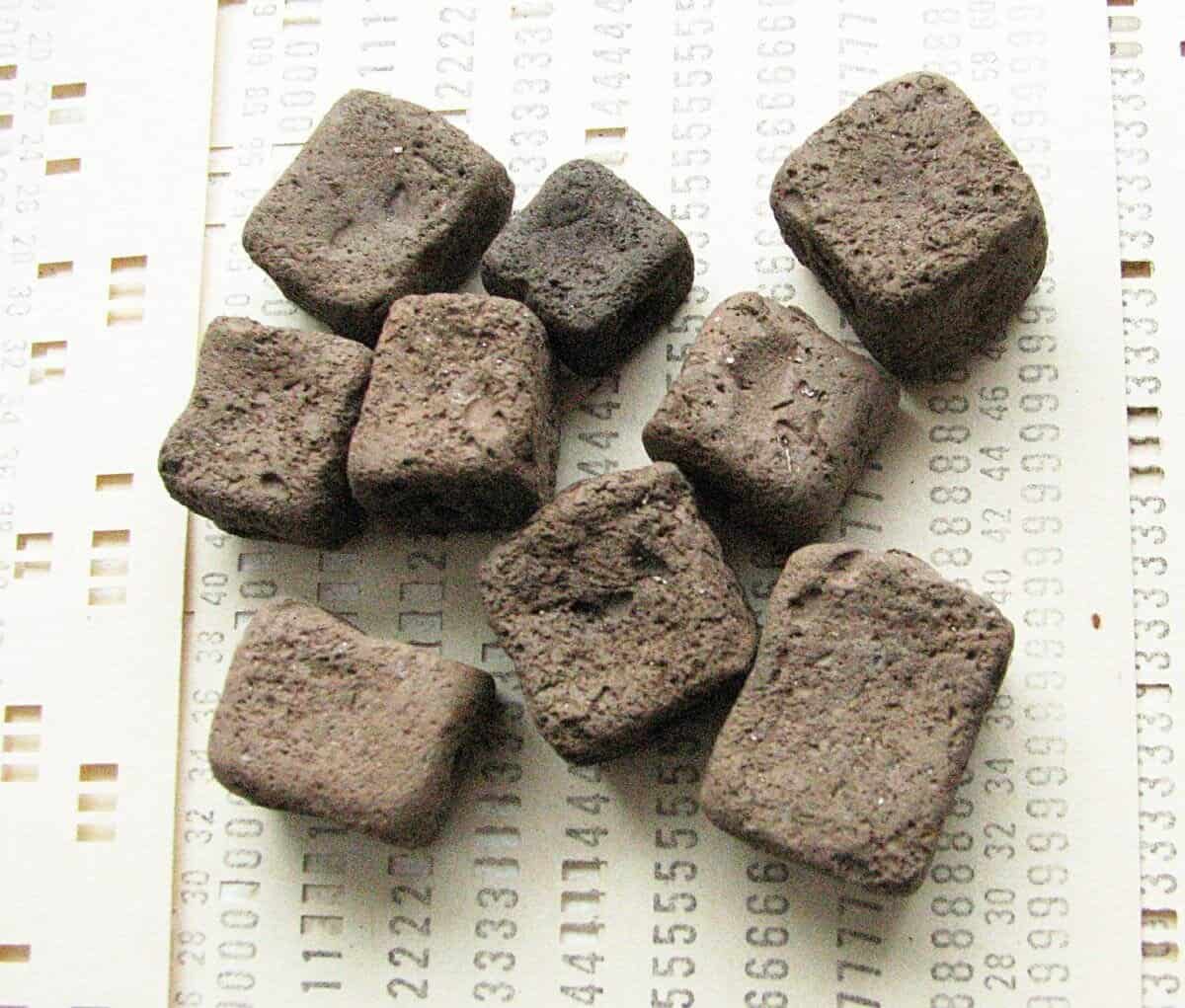
The unique mechanism behind wombat cube formation has inspired engineers and materials scientists to explore biomimetic applications. The process of creating cubes through differential elasticity rather than molding or cutting could potentially revolutionize manufacturing processes for certain materials. Researchers are investigating how similar principles might be applied to create shaped products in industries ranging from construction to food production. For example, the pharmaceutical industry has shown interest in the process for developing cubic pills that could potentially offer better packing efficiency and controlled release properties than traditional shapes. Environmental engineers are exploring how wombat-inspired processing might create building materials with minimal waste. Additionally, understanding how wombats achieve such efficient water extraction during digestion could inform the development of new water conservation technologies for drought-prone regions. This represents a perfect example of how seemingly unusual natural adaptations can inspire innovative human technologies.
Conservation Implications of Wombat Droppings

The distinctive cubic droppings play an important role in wombat conservation efforts. Researchers can collect and analyze wombat scat to gather critical data about population health, distribution, and genetic diversity without needing to capture or disturb these often shy animals. DNA extracted from fresh droppings allows scientists to identify individuals, track population changes, and assess genetic diversity, which is particularly crucial for the critically endangered northern hairy-nosed wombat. The presence and distribution of cubic droppings also help conservationists map territories and estimate population densities. Changes in dropping characteristics can indicate environmental stressors or disease presence within a population. During Australia’s catastrophic 2019-2020 bushfires, the presence of cubic wombat scat in recovering areas provided early evidence of wombat survival and habitat recolonization. Conservation programs now routinely incorporate scat surveys as a non-invasive monitoring technique for these important ecosystem engineers.
Cultural Significance and Public Fascination
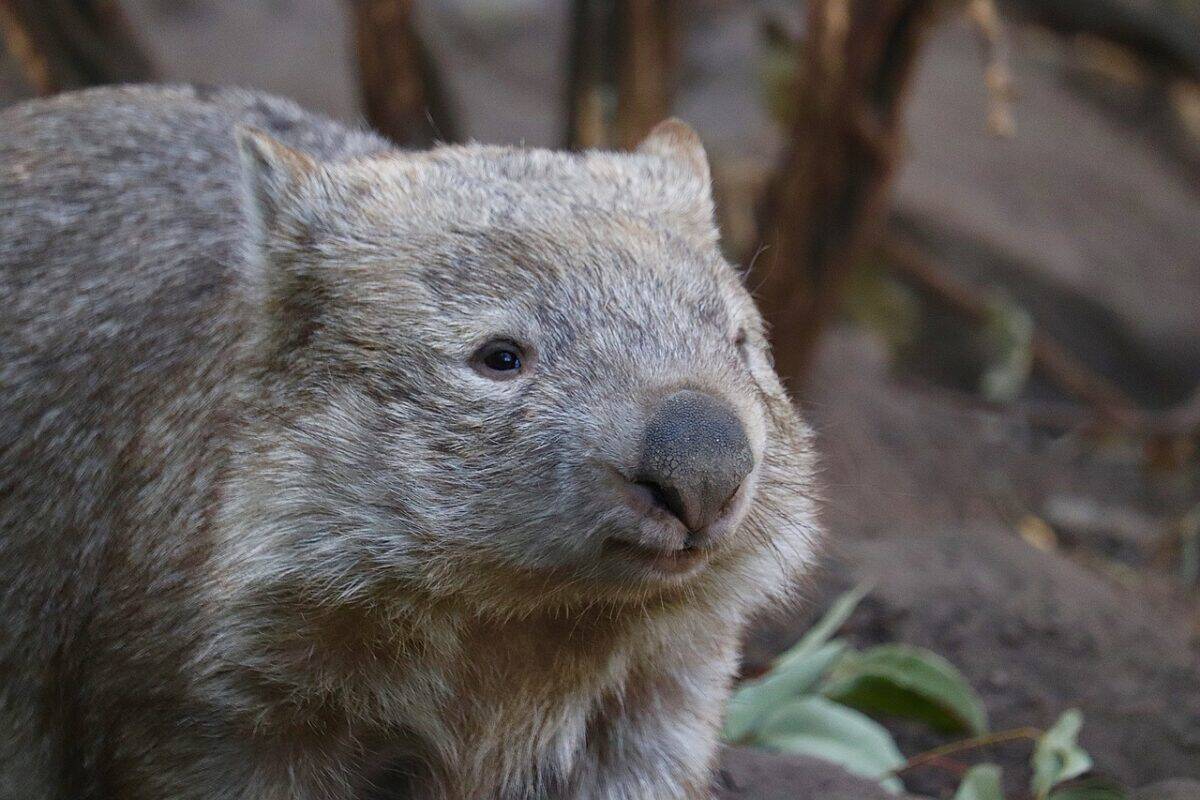
The cubic droppings of wombats have captured public imagination and become part of Australia’s unique natural heritage. Indigenous Australian cultures have long been aware of this distinctive trait, with some traditional stories referencing the wombat’s unusual scats. In contemporary Australian culture, the wombat’s cubic poop has become something of a national curiosity, featured in nature documentaries, children’s education programs, and even tourist information. When scientific research on the cubic formation mechanism was published, it generated global media attention and helped raise awareness about wombat conservation. The Ig Nobel Prize awarded to the research team further elevated public interest in this biological oddity. Visitor centers in Australian national parks often include information about wombat scat as part of their educational displays, using this fascinating adaptation as an entry point to discuss broader ecological concepts like adaptation, evolution, and conservation. The peculiar cubic droppings have thus served as an unexpected ambassador for wildlife education and conservation awareness.
Myths and Misconceptions About Wombat Cubes

Despite scientific explanations, several myths and misconceptions about wombat scat persist. One common misconception is that wombats have square-shaped anal openings—they don’t. Their anatomy is typical of mammals in this regard, but the special properties of their intestines create the cubic shape before the feces are expelled. Another myth suggests that wombats intentionally stack their droppings to build structures or markers—while they do strategically place their droppings, they don’t construct elaborate arrangements with them. Some folklore claims that wombats can throw their cubic droppings at predators as a defense mechanism, which is completely untrue. There’s also a persistent misunderstanding that only certain individual wombats produce cubic droppings, when in fact all healthy adult wombats of all three species produce this distinctive shape. These misconceptions reflect the ongoing fascination with this unique biological trait but can sometimes distract from the actual evolutionary and ecological significance of the adaptation. Scientific education efforts continue to address these misconceptions while maintaining public interest in these remarkable marsupials.
Conclusion: Nature’s Square Solution to Survival
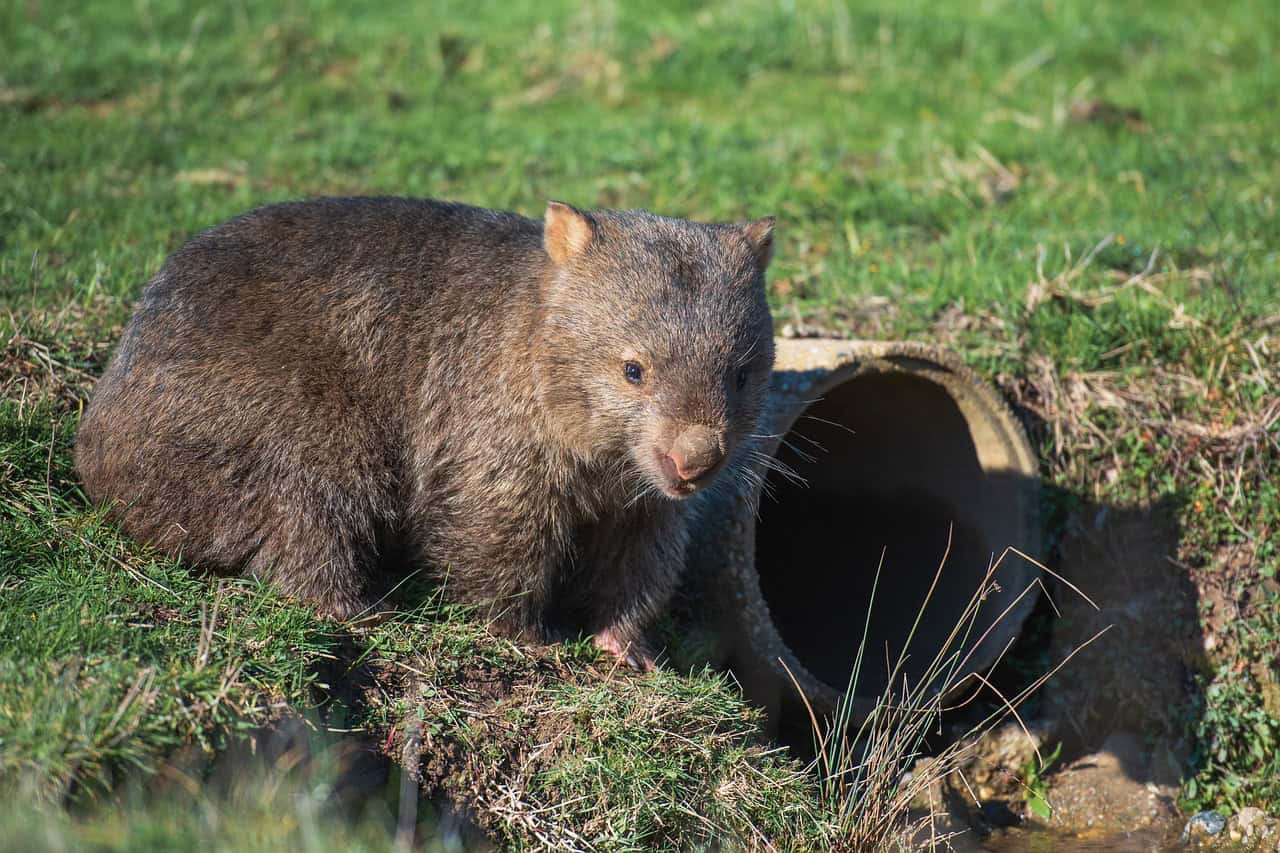
The cubic droppings of wombats represent far more than a biological curiosity—they embody the remarkable ingenuity of evolutionary adaptation. Through specialized intestinal tissues that vary in elasticity, wombats have developed a unique solution to several ecological challenges, from territorial communication to water conservation in Australia’s harsh environment. This adaptation has contributed significantly to the wombat’s successful survival over millions of years, allowing these marsupials to thrive in habitats where other species might struggle. Beyond their biological significance, wombat cubes have inspired scientific research, conservation efforts, and even potential technological innovations through biomimicry. As we continue to unravel the mysteries of the natural world, the wombat’s square scat stands as a perfect example of how even the most seemingly unusual traits can represent sophisticated solutions to environmental challenges—reminding us that nature’s innovations often take unexpected forms that continue to surprise and inspire human curiosity.
- How Penguins Take Turns at Sea and Nest to Raise Chicks - August 9, 2025
- Dolphin Brains Compare to Those of Apes and Humans - August 9, 2025
- 14 Cutting-Edge Biotech Innovations That Will Shape the Future - August 9, 2025

